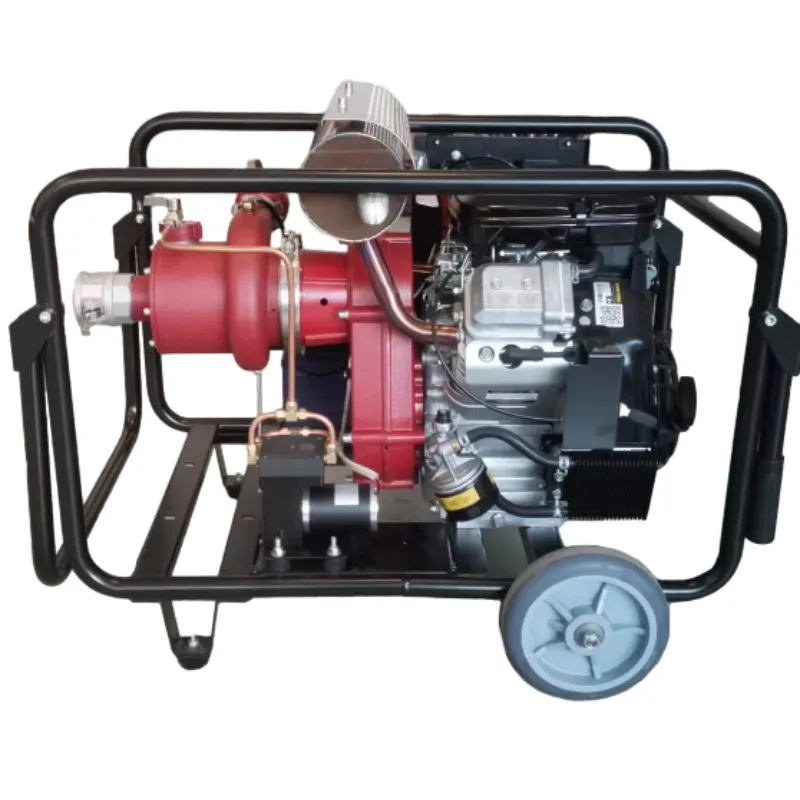

Trustworthiness in the installation and operational phases is non-negotiable. It requires engaging qualified, licensed fire protection engineers. They play a pivotal role in customizing the fire pump system to match project specifications. Engineers take into account building size, layout, occupancy, and local fire department requirements, ensuring all elements from the pump house to the pipelines are correctly configured. Additionally, real-world applications highlight the necessity of supplementary generator backup systems. These guarantee pump functionality during power outages frequently accompanying fire emergencies. The added cost is justified by the assurance of continuity; it's a recommendation based on numerous after-action reviews of incidents where power disruptions rendered main water supply pumps useless. Lastly, investing in digital monitoring systems that provide real-time data on fire pump performance is a growing practice among forward-thinking facility managers. Such systems offer continuous oversight, transmit diagnostics remotely, and help predict failures before they occur. By leveraging IoT technology, one can maintain a pulse on system health and efficiency, while rapidly addressing any issues detected. In conclusion, incorporating top-tier fire pump equipment involves more than just procurement; it’s about cultivating a robust system grounded in expert-driven decisions and sustained through diligent maintenance practices. This strategic approach not only satisfies compliance mandates but also embeds a culture of safety and readiness that guards both property and life.





























